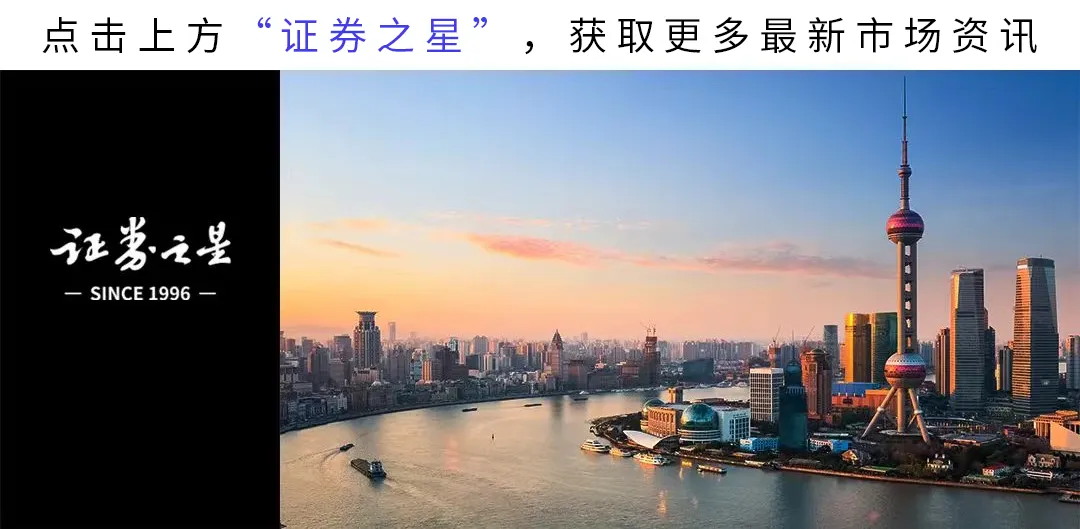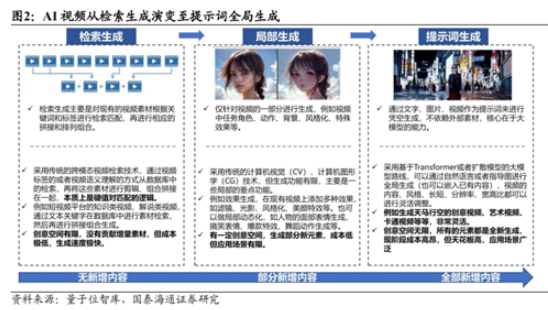When Your Eyes Play Tricks on You: The Creativity and Destructiveness of Sora2
![]() 10/23 2025
10/23 2025
![]() 467
467

When Sam Altman's digital avatar flashes a smile beneath a dazzling display of fireworks, ponders amidst the enticing aroma of coffee, or even engages in unexpected forms of entertainment—these captivating videos, generated by Sora 2, are sweeping across the internet at an unprecedented pace. They represent far more than just a technological breeze; they are a surging wave that is reshaping the landscape of the content industry.
OpenAI's Sora 2 catapulted to the top of the U.S. App Store's free app chart in a matter of days, outpacing even the phenomenal rise of ChatGPT. This achievement marks a significant leap for AI video generation, transforming it from a mere tool into a 'world simulator' capable of understanding and mimicking complex physical realities. It brings with it not only a dramatic drop in creative barriers and costs—empowering solo creators to compete with production teams—but also poses a disruptive challenge to the age-old principle of 'seeing is believing.' This, in turn, has sparked a global, heated debate over copyright ownership and technological ethics. A new era of creation is crashing open, with opportunities and challenges equally prominent.
01. From Video Tool to World Simulator: Lowering the Creative Barriers
As an AI video generation tool, the emergence of Sora2 showcases immense creativity, significantly enhancing the efficiency of video creators. From an industry perspective, it marks a crucial step forward for AI video generation, transitioning from simple 'generation' to complex 'world simulation.'

(Image Source: Guotai Haitong Securities)
Unlike traditional video generation models, Sora2 achieves significant breakthroughs in physical simulation, controllability, and audio-visual synchronization. It introduces finer dynamics and collision simulations, making object movements and collisions appear more realistic. It even deliberately retains some 'failed scenes' to enhance the authenticity of the narrative.
From a technical standpoint, Sora2 supports multi-angle shots and 'director-level' instructions, making it easier to achieve cross-shot continuous narration and smooth shot transitions.
More surprisingly, it enhances the persistence of scene and character states, allowing character appearance, position, and environmental lighting to remain consistent across multiple generated clips—a crucial feature for long-form creation.
The realization of audio-visual synchronization brings Sora2 one step closer to simulating the real world. It can generate videos while simultaneously outputting dialogue and environmental sound effects, significantly improving the efficiency of the process from script to final product.
Collectively, these technological advancements form the prototype of Sora2 as a 'world simulator,' rather than a simple video generation tool.
Thus, the emergence of Sora 2 has radically transformed the creative ecosystem in two significant ways: First, it has significantly lowered the technical barriers. Complex camera movements, lighting techniques, and special effects that were once the domain of traditional video production can now be executed by Sora 2 through understanding natural language instructions. It can even comprehend and generate multi-angle shots and Hollywood-level transition effects.
Second, it has drastically reduced costs. Producing a high-quality video no longer requires expensive filming equipment and post-production software. Sora 2 enables individuals to generate video content that previously required tens of thousands of dollars in budget and the collaboration of hundreds of people, opening doors for countless ordinary individuals and small-to-medium creators.
02. Blurring the Lines of Reality: Impact on the Social Credit System
However, as the saying goes, every coin has two sides. Sora 2 brings immense creativity but also significant destructiveness. The emergence of advanced AI video generation technologies like Sora 2 poses unprecedented challenges to the social credit system, primarily by undermining the foundation of social trust—information authenticity.
Undermining the Foundation of the Credit System: The social credit system relies on authentic, reliable data to assess the creditworthiness of individuals and institutions. However, AI technologies like Sora 2, capable of generating highly realistic videos, render the principle of 'seeing is believing' obsolete.
Forged Content Erodes Trust: AI can easily generate fake content, such as forged celebrity endorsements for fraudulent investment schemes or fabricated news events. Once widely disseminated, such content directly pollutes the data sources needed for credit evaluation, leading to unfair credit assessments based on false information and undermining the authority of the credit system.
Increased Fraudulent Activities: The misuse of technology can lead to a surge in online fraud. When maliciously forged videos are used for blackmail or defamation, they not only directly infringe upon victims' rights but also, when recorded, may negatively impact the credit of relevant entities.
03. Copyright Governance Faces New Challenges
Beyond information authenticity, copyright issues also pose significant hurdles to the promotion of Sora 2. For instance, the Motion Picture Association trade group warned in a statement last week that OpenAI must take immediate and decisive action to address this issue, emphasizing that robust copyright laws are in place to protect creators' rights and are applicable here.
As of last week, multiple Hollywood institutions and unions, including the Screen Actors Guild, had issued similar statements, indicating a rare consensus in Hollywood that could exert significant pressure on OpenAI.
Similarly, on the 10th of this month, Minoru Ji, the Japanese Cabinet Office Minister for Special Missions in charge of intellectual property and AI strategy, stated at a press conference that the Intellectual Property Strategy Headquarters under the Cabinet Office had requested OpenAI to refrain from infringing on copyrights.
Furthermore, beyond film and television copyrights, the right to publicity of public figures is also a major focal point. Some individuals, seeking attention and discussion, even resort to using deceased celebrities to generate videos. For example, Sora2 'resurrected' Michael Jackson and renowned actor Robin Williams, having them perform impromptu together on the street. While the effect was indeed remarkable, these extremely realistic clips infuriated and saddened their families.
Robin Williams' daughter, Zelda Williams, stated, 'Please, stop sending me AI videos of my dad. If you have any conscience, stop doing this to him, to me, and to everyone. It's foolish, a waste of time and energy, and trust me, it's definitely not what he would have wanted.'
In response, OpenAI adopted an 'opt-out mechanism.' This means that copyrighted character presets are available on OpenAI unless the copyright holder requests removal. Under normal copyright protection, it should be the copyright holder who 'opts in,' meaning authorization is required before use.
04. Conclusion: New Technologies Demand New Norms
The advent of Sora 2 undoubtedly draws a dividing line in the sky of content creation. With its unprecedentedly low barriers and powerful capabilities, it places the prototype of a 'world simulator' in the hands of millions, greatly unleashing creative potential and heralding the arrival of an inclusive creative era where 'everyone can be a director.' However, this immense creativity also serves as a mirror, reflecting the dual-edged nature of technology.
When realistic forged videos easily shake the foundation of social trust, and when the 'opt-out' copyright mechanism raises deep concerns among global creators and regulators, we must confront the reality: after the technological sprint, corresponding ethical norms, legal frameworks, and social consensus must quickly catch up. The key to the future lies in how we navigate this landscape. This not only requires developers like OpenAI to shoulder greater responsibility and build more responsible technological safeguards but also necessitates the collective participation of legislators, the industry, and even every user to find a dynamic balance between encouraging innovation and protecting rights.
This is because Sora 2 represents not just a technological iteration but a test of human wisdom—whether we can wisely use this new key to unlock a prosperous and responsible digital creation era will depend on our choices and actions today.
- The End -








